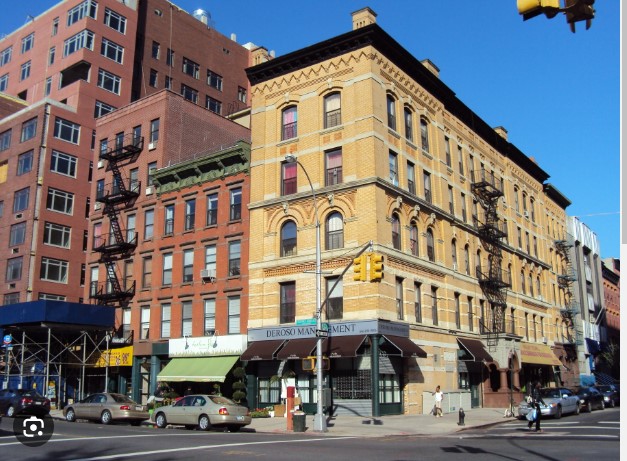“Our fear is that the city will become whiter and wealthier, and the only opportunities for realizing the upside of a strong market will be for investors, people with high-income jobs…It really will be that tale of two cities.” This is what Christie Peale, the executive director of the Center for New York City Neighborhoods, a nonprofit that promotes affordable homeownership in New York City, said.
Citywide, white residents now make up only about 31 percent of the population, according to census data, Hispanic residents 28 percent and Asian residents nearly 16 percent. While the white population has stayed about the same, the Asian population grew by 34 percent and Hispanic population grew by 7 percent, according to the data.
The Rodneys are part of an exodus of Black residents from New York City. From 2010 to 2020, a decade during which the city’s population showed a surprising increase led by a surge in Asian and Hispanic residents, the number of Black residents decreased. The decline mirrored a national trend of younger Black professionals, middle-class families and retirees leaving cities in the Northeast and Midwest for the South.
The city’s Black population has declined by nearly 200,000 people in the past two decades, or about 9 percent. Now, about one in five residents are non-Hispanic Black, compared with one in four in 2000, according to the latest census data.

The decline is starkest among the youngest New Yorkers: The number of Black children and teenagers living in the city fell more than 19 percent from 2010 to 2020. And the decline is continuing, school enrollment data suggests. Schools have lost children in all demographic groups, but the loss of Black children has been much steeper as families have left and as the birthrate among Black women has decreased.
The factors propelling families like the Rodneys out of the city are myriad, including concerns about school quality, a desire to be closer to relatives and tight urban living conditions. But the most frequently-cited is the ever-increasing cost of raising a family in New York.
As Black families are drawn to opportunities in places where jobs and housing are more plentiful, the exodus could transform the fabric of New York. The decline has alarmed Black leaders, as well as economists who point to labor shortages in industries like nursing where Black workers have traditionally been overrepresented. The continuing loss of Black New Yorkers may also disrupt the city’s job market. Melva Miller, the chief executive of the nonprofit Association for a Better New York, pointed to labor shortages in industries that have long relied on a disproportionate share of Black employees, like the building trades and civil service.
High inflation and an unstable rental market as the pandemic has subsided, have hurt New Yorkers across the board. But Black families lag far behind white families in home ownership and in building wealth. Black households have a median income of $53,000, compared with roughly $98,000 for white households, according to the most recent census data.

New York City’s loss of Black residents has been a gain for the South especially. The region’s economy has boomed as newcomers from the city and other urban areas in the North flock there.
As a result of the Black exodus, neighborhoods across New York are being transformed. In Southeast Queens enclaves like Jamaica and St. Albans, more Latino and South Asian residents are moving in. Harlem and Bedford-Stuyvesant, two iconic Black neighborhoods, have grown in population even as they experienced steep declines in the number of Black residents. Harlem, virtually synonymous with the Black community, lost more than 5,000 Black people over a decade, while nearly 9,000 white people moved in, according to census data analyzed by The New York Times.
Eric Adams, New York’s second Black mayor, has vowed to create a more affordable city to stem the “hemorrhaging of Black and brown families.” Mr. Adams’s own bid for mayor was partially built on a biography that reflects the Black community’s roots in the city: His parents traveled north from Alabama during the Great Migration, climbed their way from poverty in Brooklyn to middle-class homeownership in Queens and relied on public schools and colleges to lift their children to greater success. Today such a trajectory may no longer be possible.












